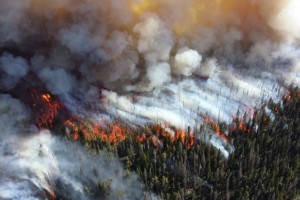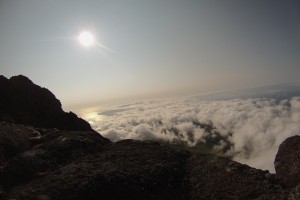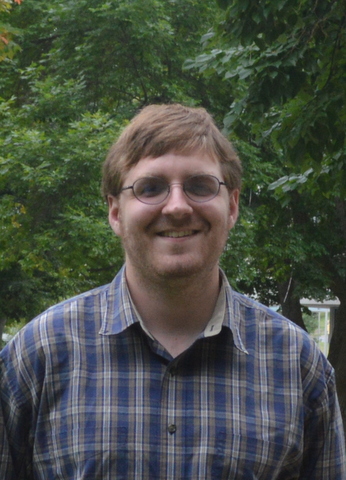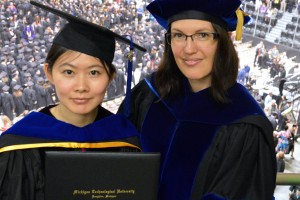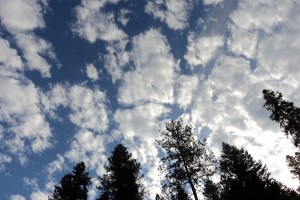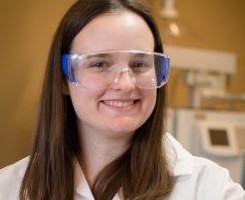Looping Functions with ggplot2
Working with a large number of samples and many variables can be especially challenging. In our research, we typically have a few thousand variables (identified molecular formulas from mass spectra) for just a few samples. But recently, we stepped up our game and started working with a dataset that had 42 samples and close to 6000 variables.
» Read more
